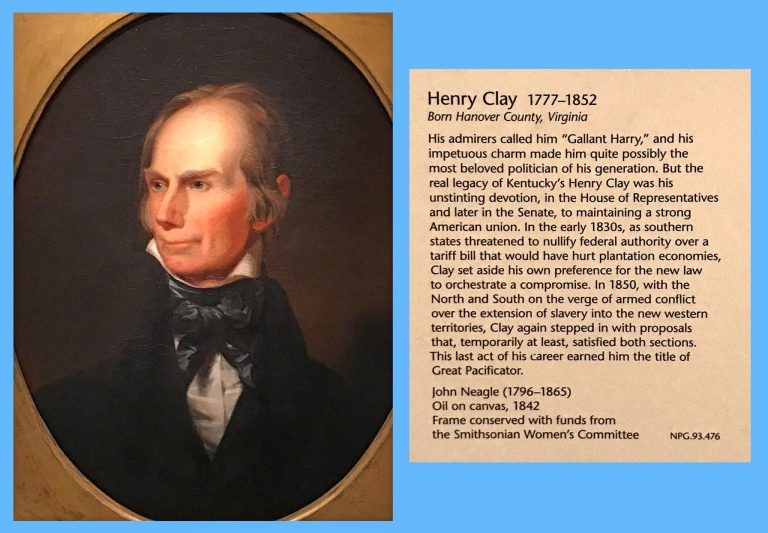The 1858 Petition
Throughout the fall of 1858 a petition was circulated around the district. Neighbors would ride or walk the petition to other neighbors and circulate it up and down Black Creek, over to the west side of the district and into the areas near Kingsley’s Pond. Some signed after church services or at cane grindings. Since only white men over twenty-one could vote, the petition was eventually signed by more than 170 white males living in the Black Creek District.
Some of the signees of the petition still have descendants in the county to this day. Names like McRae, Varnes, Priest, Branning, Knowles, Hagans, Knight, Dillaberry, Saunders, Bennett, Blitche, Prescott, Padgett, Alvarez, Silcox, Carter, Strickland, Hatcher, Nolen, Glisson, and Bohannon.
The Economic and Informational Significance of Black Creek
Living along Black Creek (modern-day Middleburg) had both benefits and pitfalls. The creek was the economic engine of the district. Without it, there would be little trade. The district provided timber, naval stores, hides, cotton and other such raw materials. In turn, merchants brought in on steamboats and schooners goods from Jacksonville and other faraway places. An advertisement in the local paper dated 1835 shows just such an exchange. A merchant named H. Libbey asks for such Black Creek produced goods in exchange for English and West India goods. The creek was also the conduit through which news spread in area. During the Second Seminole War she was a vital highway of information on the conditions of battle, troop movements and that of the hostile Native Americans. Ft. Heileman, the largest supply depot in the area, sat at the fork of Black Creek’s north and south prongs. Black Creek proved to be vital in the outcome of the Second Seminole War.
Black Creek Citizens Gain Independence with Creation of New County in 1858
Folks had grown weary of having to travel to Jacksonville to take care of business. Black Creek, then like now, was mercurial (unpredictable). Sometimes it flooded, her current too swift – and waters very deep in some locations. The courthouse was in Jacksonville. If you needed to get married, pay your taxes, or sue someone you had to trek all the way to Jacksonville. For some people living in the southern part of the Black Creek District, the trip was a 50 mile ordeal. If you went by wagon or horseback you had to cross the formidable Black Creek and a few other lessor ones. The main ferry crossing was Garey’s Ferry, now the Main Street Boat ramp in Middleburg. It could take all day for you to get there. If you took a steamer, you had to pay for your ticket and might still be placed amongst the cargo.
So, in 1858, the citizens of the Black Creek district decided it was high time they got their own courthouse and became independent of Duval County. The district representative at the state legislature was John G. Smith. Smith, born in 1807, was from Maryland. His neighbors were the Prescott Family with their thirteen children, and the Drew family. Taking the completed petition to Tallahassee, Smith filed a bill in the House on November 26, 1858 to create a new county carved out of the southern part of Duval County. Into committee it went on November 30, 1858 and exited on December 3, 1858. The bill passed in the House by a vote of 26-0. The Senate took up the bill and on December 27, 1858, it passed 35-0.
Governor Madison Perry signed the bill on December 31, 1858, and Clay County was officially founded.


